The ocean might look like paradise, but lurking beneath those crystal-clear waves are creatures with abilities that belong in a horror movie. Some sting, others bite, and a few can kill you without you even realizing what happened. Before you dip your toes in the water, here are 14 deadly sea creatures you should know about—because sometimes, paradise bites back.
1. Box Jellyfish: The Transparent Assassin
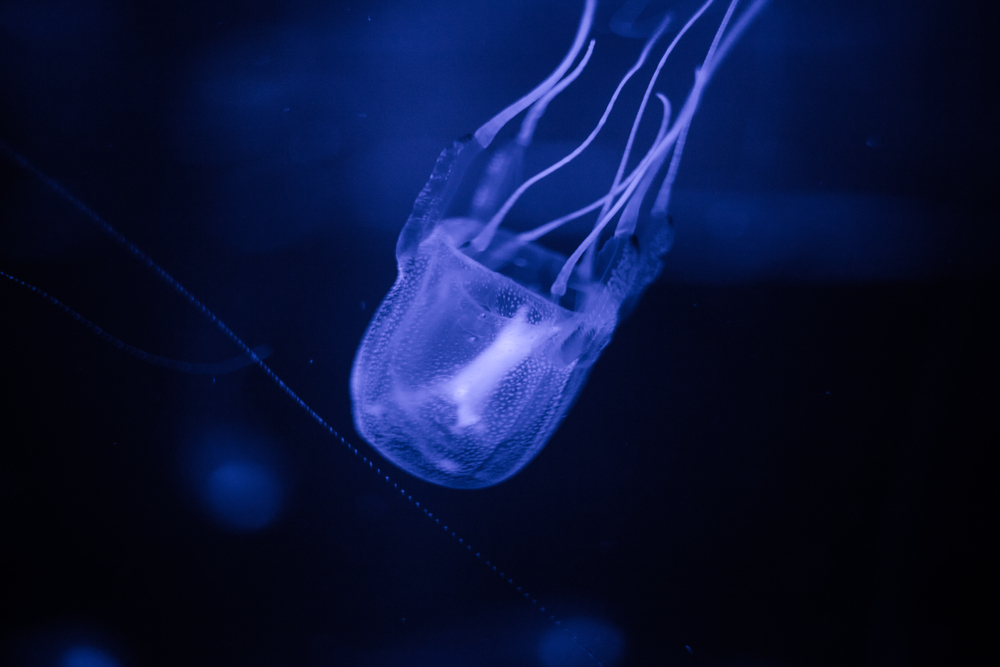
The box jellyfish is as beautiful as it is lethal. Found in tropical waters, its tentacles are loaded with venom so potent that a single sting can cause heart failure, paralysis, or excruciating pain in minutes. To make matters worse, it’s nearly invisible in the water, so you won’t see it coming. Swimmers in places like Australia and Southeast Asia need to be especially vigilant when this silent killer is around.
2. Great White Shark: The Apex Predator
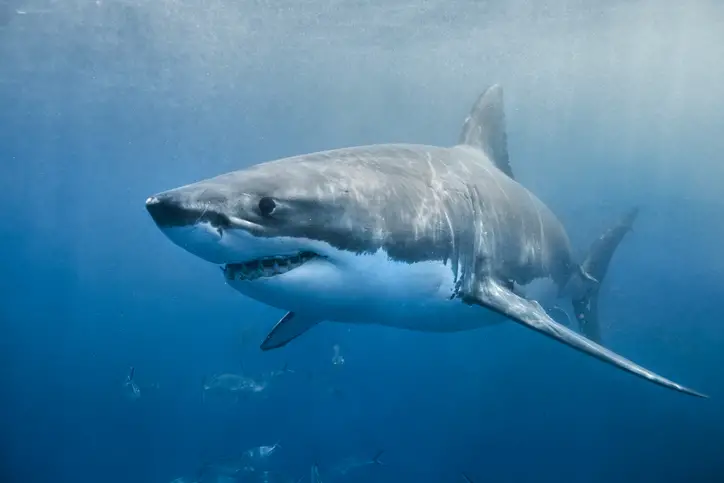
No list of deadly sea creatures is complete without the great white shark. While attacks are rare, this apex predator’s sheer size and powerful jaws make it a beachgoer’s worst nightmare. Found in oceans around the world, great whites can grow up to 20 feet long and are equipped with serrated teeth that can slice through almost anything. Spotting a dorsal fin? Time to head for shore.
3. Blue-Ringed Octopus: Small but Deadly
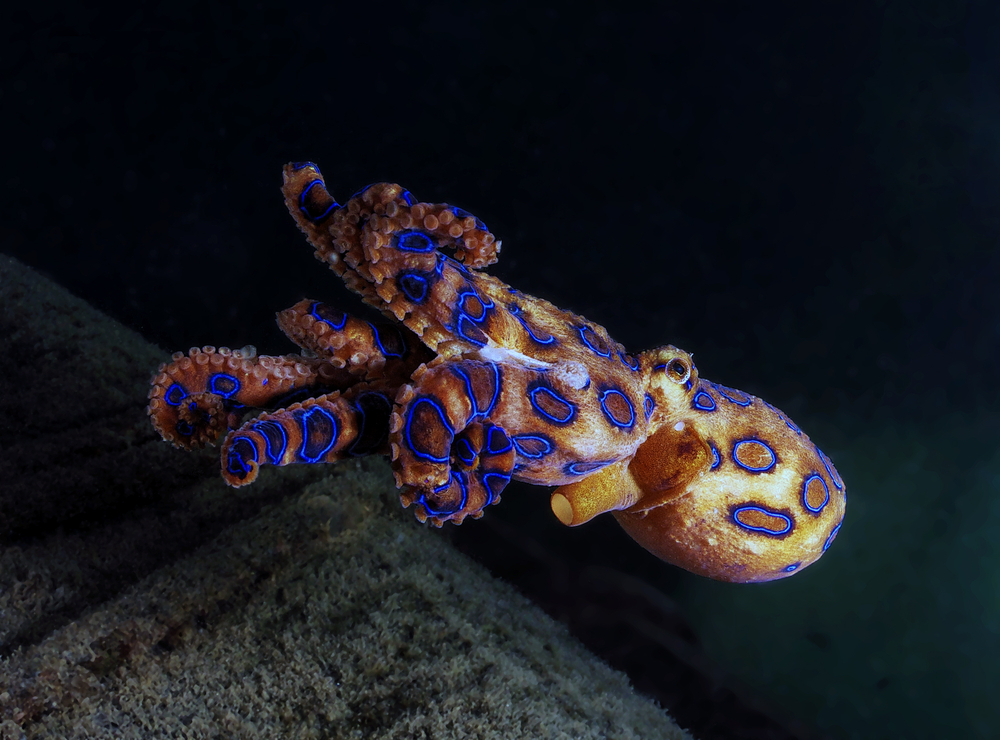
Don’t let its tiny size and stunning neon rings fool you—the blue-ringed octopus is one of the most venomous creatures in the ocean. Found in tide pools across the Pacific and Indian Oceans, it packs enough venom to kill 26 humans in minutes. There’s no antidote for its sting, so if you see one flashing its rings, back away immediately.
4. Stonefish: The Master of Disguise
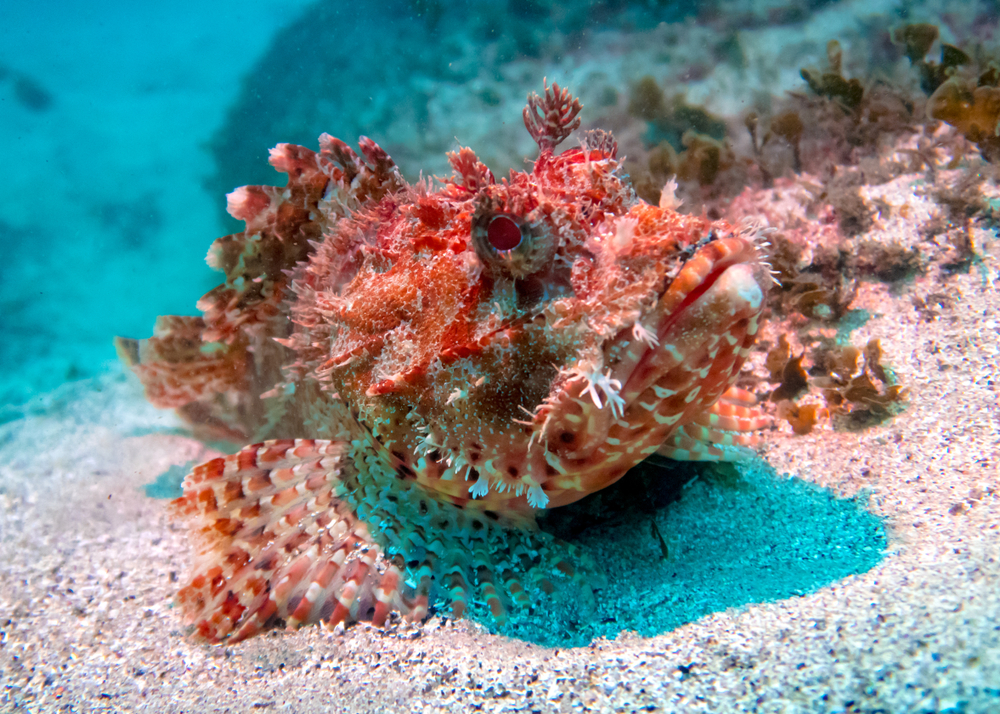
The stonefish isn’t just deadly—it’s practically invisible. Camouflaged to look like a rock on the seafloor, this venomous fish delivers a sting so painful, victims often beg for their limbs to be amputated. If stepped on, its spines release venom that can cause tissue damage, heart failure, and even death. This is one “rock” you definitely don’t want to step on.
5. Lionfish: The Beauty with Venomous Spines
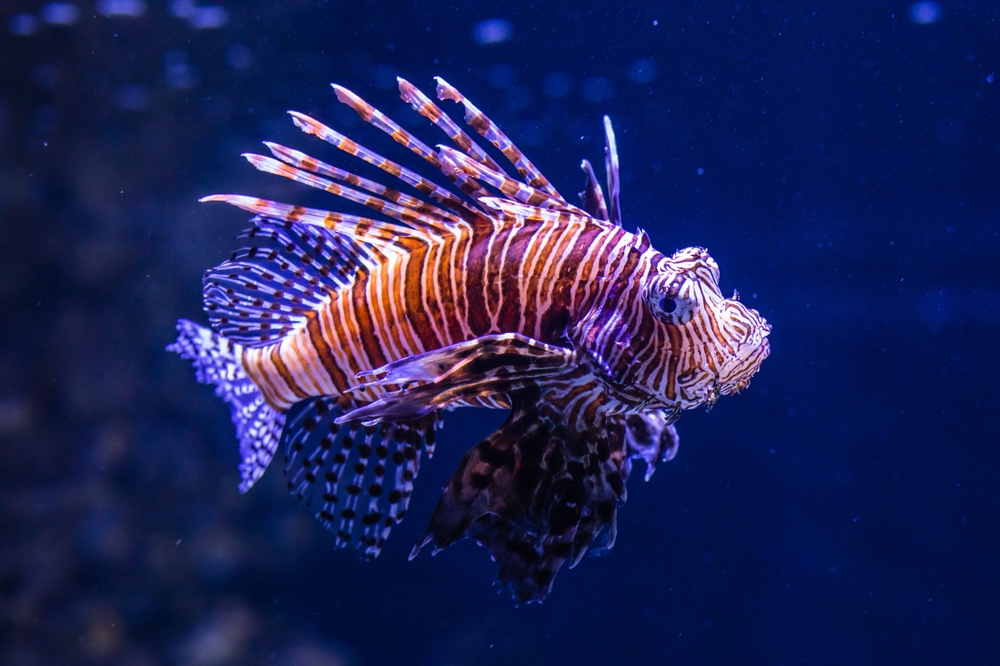
Lionfish may be stunning with their fan-like fins and vibrant stripes, but those fins are lined with venomous spines that can cause intense pain, nausea, and even respiratory distress. Native to the Indo-Pacific but now found in the Atlantic, lionfish are both beautiful and invasive, making them a deadly double threat. Admire them from a safe distance—or better yet, avoid them altogether.
6. Tiger Shark: The Garbage Eater
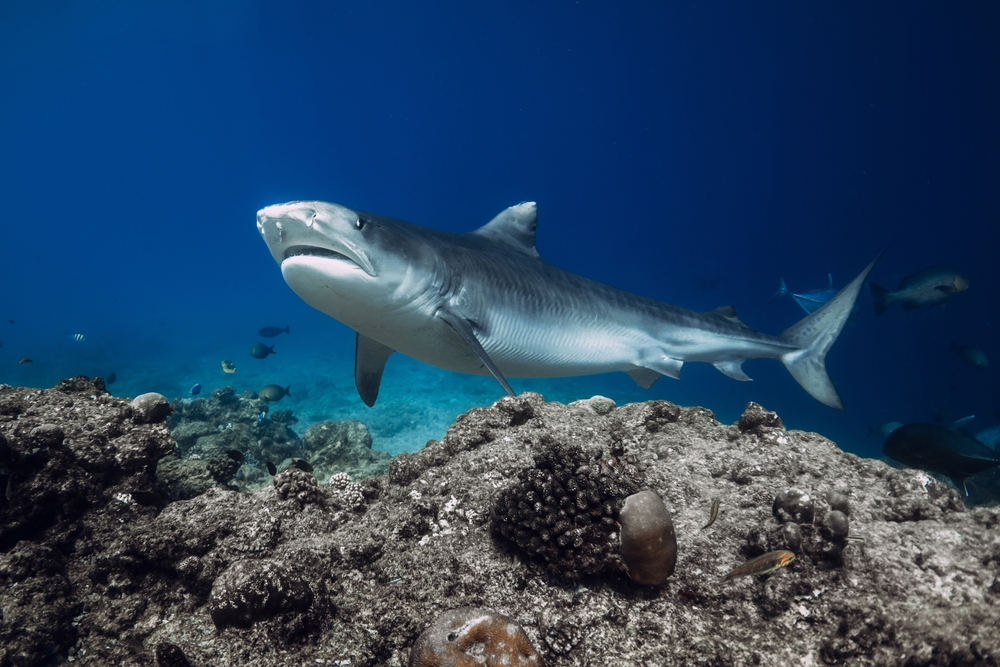
Tiger sharks are known as the “garbage cans” of the sea because they’ll eat almost anything—fish, turtles, or even license plates. Found in tropical and subtropical waters, they’re aggressive predators with serrated teeth designed to cut through flesh and bone. While they’re less famous than great whites, tiger sharks are responsible for a significant number of unprovoked attacks on humans.
7. Cone Snail: The Deadly Sea Shell
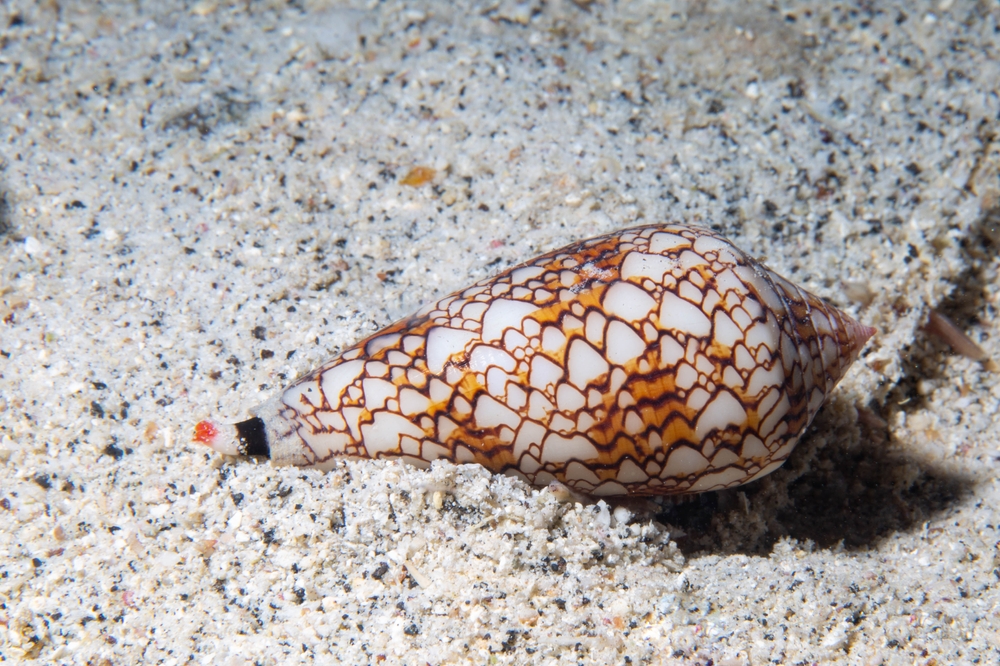
It might look like a pretty seashell, but the cone snail hides a harpoon-like tooth filled with venom. Found in tropical waters, its sting can cause paralysis or death in humans. The venom is so potent that it’s been nicknamed the “cigarette snail” because victims supposedly only have enough time for one last smoke. If you find one, resist the urge to pick it up.
8. Irukandji Jellyfish: The Tiny Terror
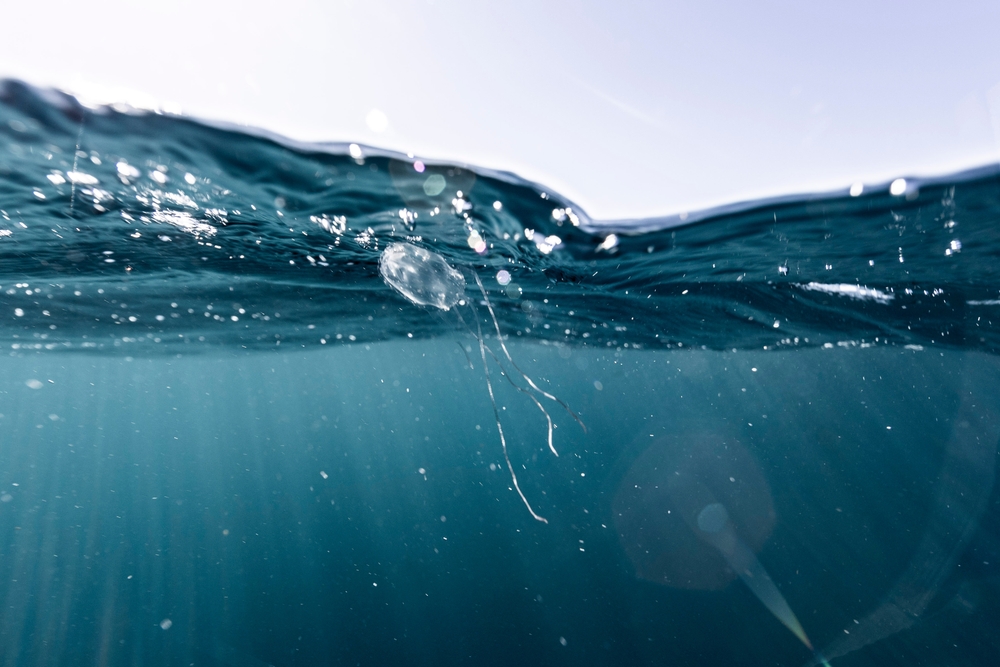
At just a few centimeters long, the Irukandji jellyfish might be tiny, but its venom packs a punch that causes Irukandji syndrome—intense pain, nausea, and a rapid rise in blood pressure that can lead to heart failure. Found in Australian waters, its sting can be fatal if not treated quickly. Its small size and near-invisibility make it a nightmare for swimmers.
9. Portuguese Man O’ War: The Floating Menace
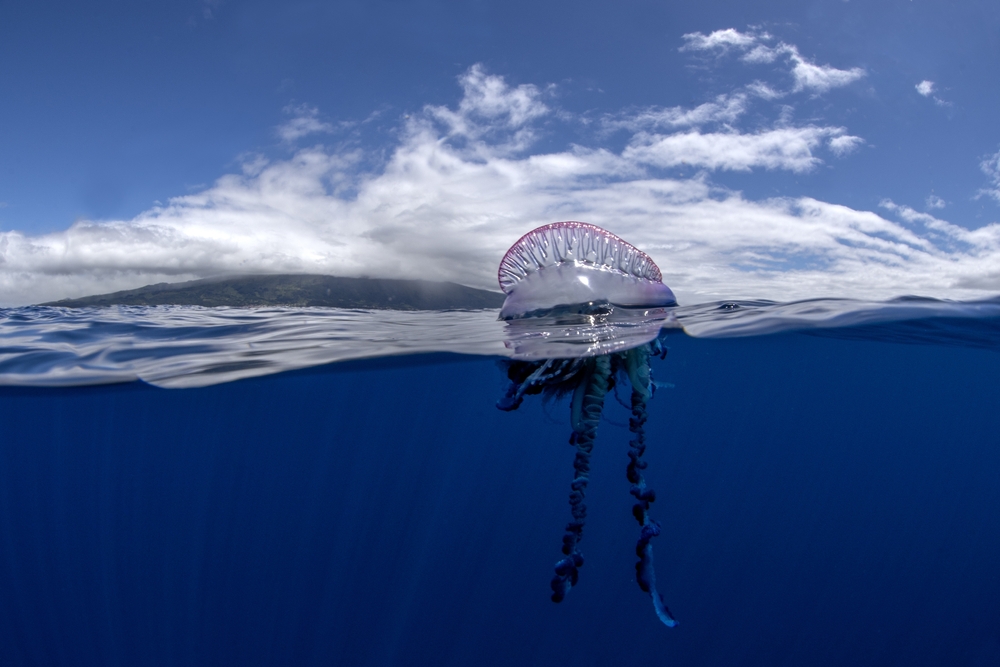
Often mistaken for a jellyfish, the Portuguese man o’ war is actually a floating colony of organisms with venomous tentacles that can stretch over 30 feet. A sting from one of these creatures causes excruciating pain, welts, and even heart or lung complications. Found in warm oceans worldwide, they’re as dangerous as they are striking.
10. Barracuda: The Speed Demon with a Bite
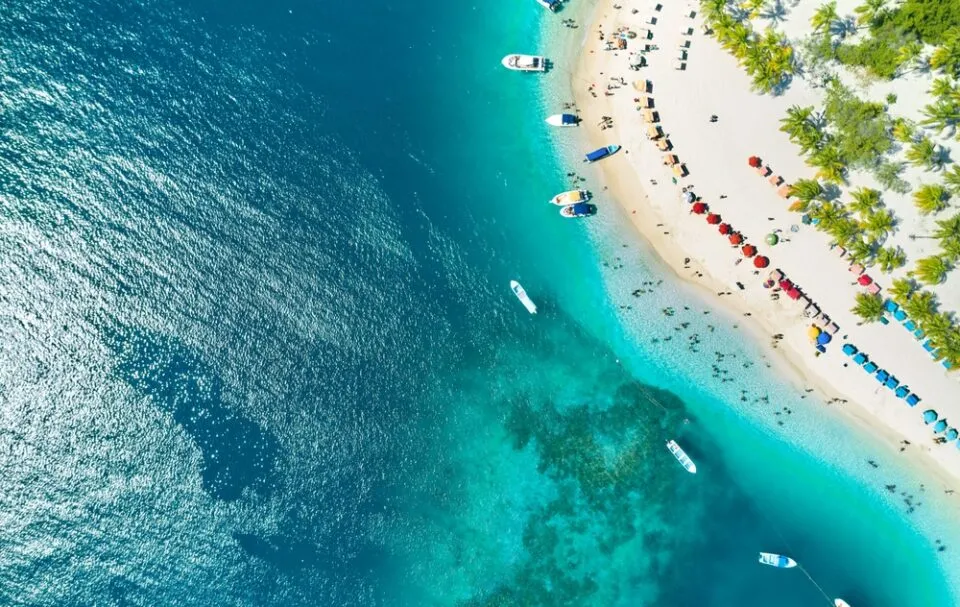
Known for their sleek bodies and fearsome teeth, barracudas are lightning-fast predators that can attack with little warning. While they don’t usually target humans, shiny objects like jewelry can trigger their aggression. Found in tropical and subtropical waters, a run-in with this fish can leave you with deep, jagged wounds that aren’t soon forgotten.
11. Sea Snake: The Silent Striker
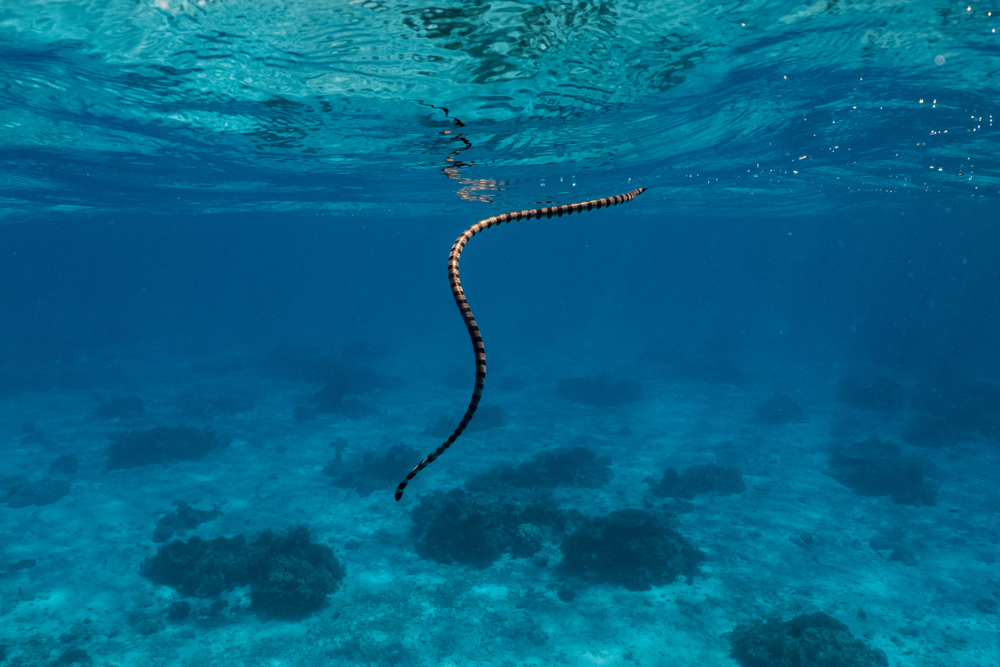
Sea snakes are highly venomous, with bites that can cause paralysis, respiratory failure, and death. Found in tropical waters, these creatures are generally shy but can become aggressive if provoked. Their venom is up to 10 times more potent than a cobra’s, making even a small bite incredibly dangerous. If you see one, don’t test your luck—steer clear.
12. Electric Ray: The Shocking Swimmer
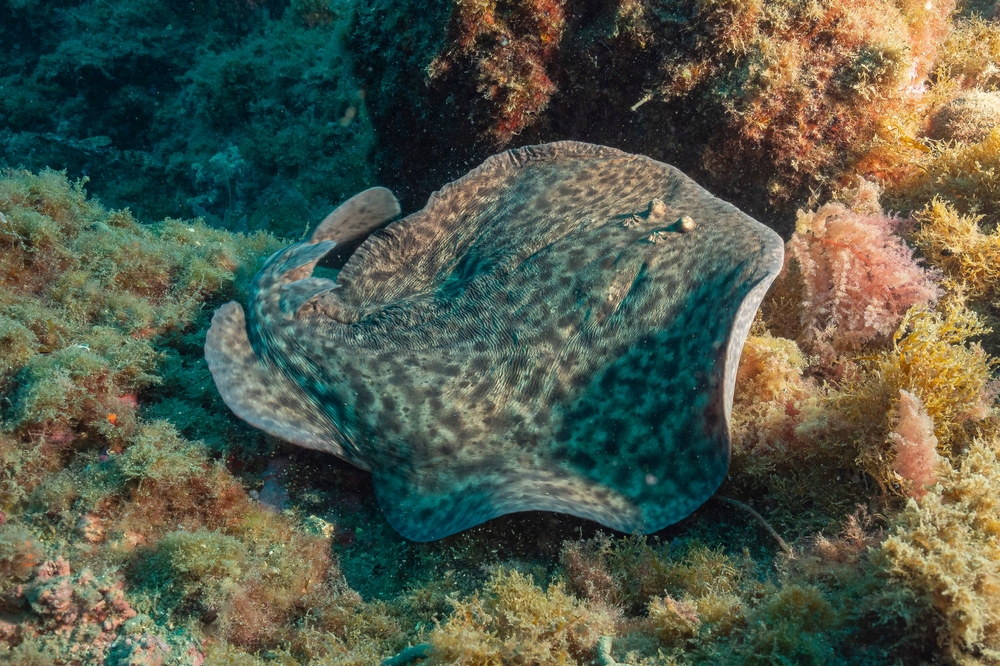
The electric ray might not have venom or sharp teeth, but it can deliver a powerful electric shock to defend itself or stun prey. Found in coastal waters, these rays are relatively slow-moving but pack enough voltage to knock a human off their feet. While not usually fatal, their shocks can cause injury or panic in unsuspecting swimmers.
13. Pufferfish: The Deadly Delicacy
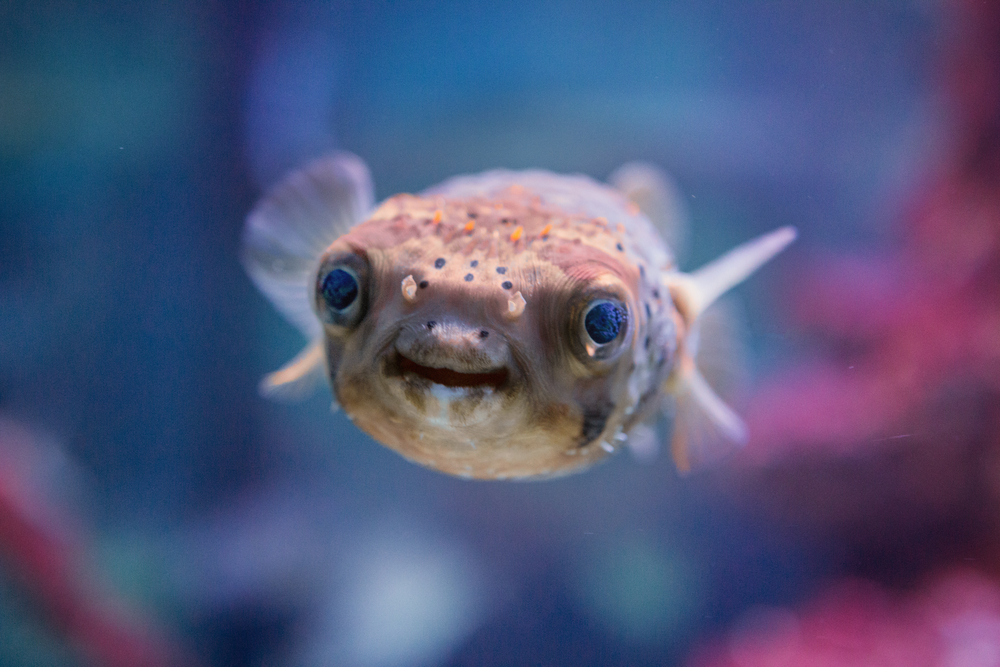
Pufferfish might look cute and harmless, but they contain tetrodotoxin, a poison 1,200 times more toxic than cyanide. A single pufferfish has enough toxin to kill 30 adults, and there’s no known antidote. While they’re a delicacy in some countries, improper preparation can turn dinner into a deadly event. In the wild, it’s best to leave these blow-up fish alone.
14. Reef Stonefish: The Venom King
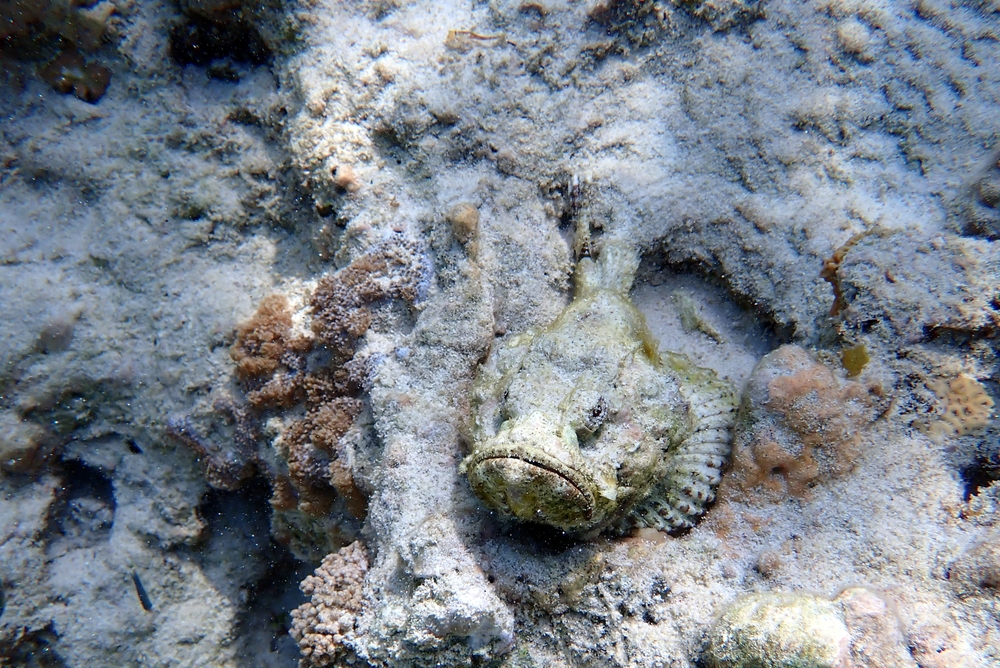
Cousin to the stonefish, the reef stonefish is another master of camouflage that delivers venom through sharp spines. Its sting can cause intense pain, tissue damage, and even death if untreated. Found in coral reefs across the Indo-Pacific, this creature is yet another reason to watch your step when snorkeling or diving.
